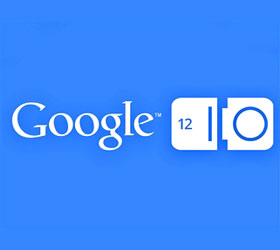A while back the W3C decided to maintain its own version of HTML5 with the goal of producing a stable definition that can be implemented in a compatible manner.
One of the issues with HTML currently is that there is no clear meaning to the term HTML5-compatible browser. Often we hear terms like “modern browser”, but what does that really mean? Is a browser “modern” if it just released but doesn’t support HTML5? Is what we call a “modern browser” still going to be modern in a few years? Probably not.
The current development model for HTML is to continue making improvements based on feedback, but that makes it difficult to have a stable and reliable platform. Different browsers can claim to support HTML5, but target is continually moving, and each browser supports a different range of features, none support all. Part of this problem can be solved by techniques such as feature detection, and progressive enhancement, but it is still nice to have a baseline that can be expected.
That seems like exactly what the W3C is doing. They have taken HTML features that have become de facto standards, pulled them in under the banner of HTML5, and published that as a stable definition. With a stable definition for HTML5, it is possible to say that a browser supports or is compatible with, or implements HTML5, and have that actually mean something.
What the W3C has done now is to publish the “complete definition” of HTML5 and Canvas 2D, which includes a wide number of features already in use. W3C will now focus on interoperability of these features across browser and on testing, a stage it calls “Candidate Recommendation”. What comes at the end is a W3C Recommendation, which is their equivalent of a standard.
The W3C has also announced the next iteration of web standards, with the release of the first draft of HTML5.1 and Canvas 2D, Level 2. The W3C community has set sights on features such as “responsive images, and adaptive streaming.”
[do action=”inside-quote”]”The broader the reach of Web technology, the more our stakeholders demand a stable standard. As of today, businesses know what they can rely on for HTML5 in the coming years, and what their customers will demand. Likewise, developers will know what skills to cultivate to reach smart phones, cars, televisions, ebooks, digital signs, and devices not yet known.”
Jeff Jaffe, CEO of W3C
[/do]




At last we have a standard for the new Web!